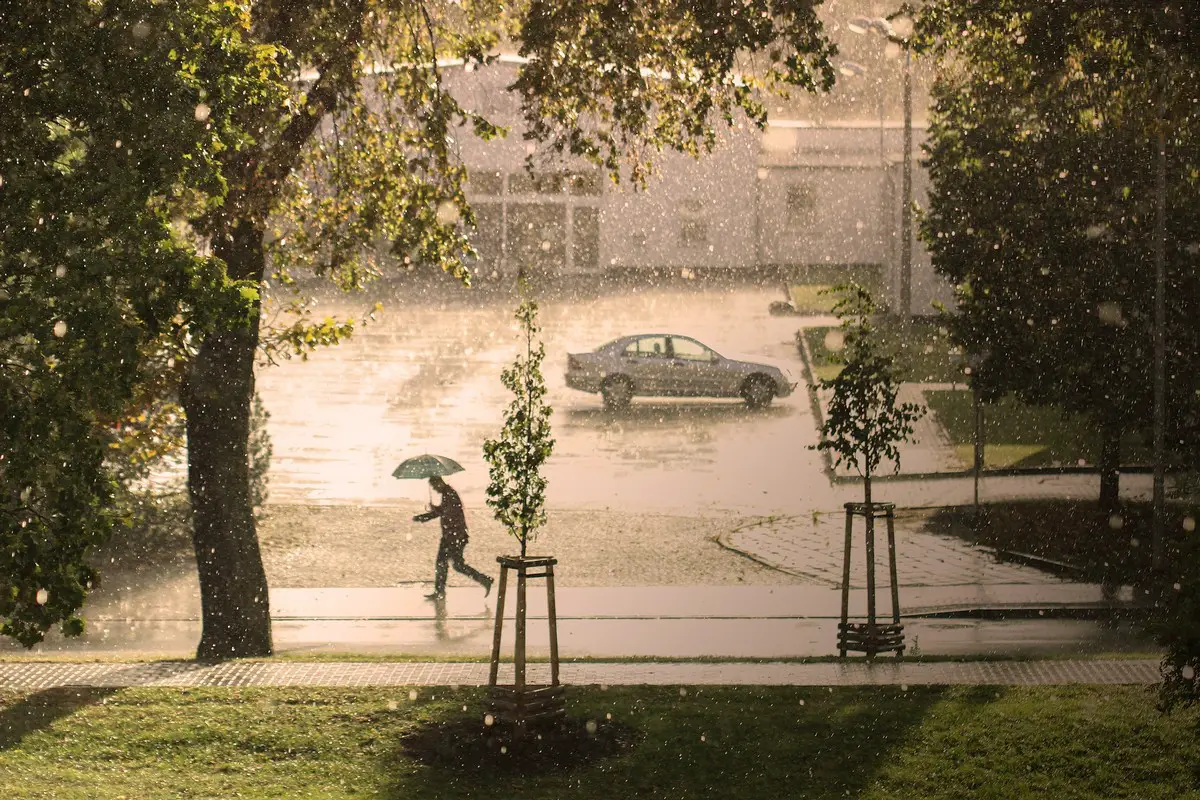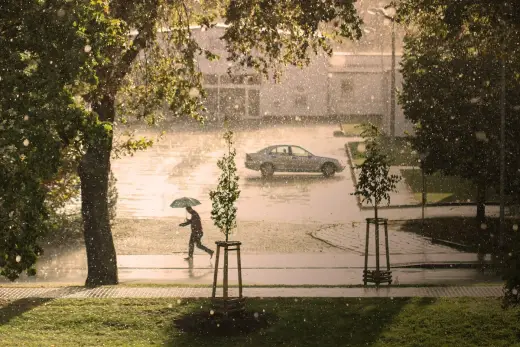Storm water management advice, sewer regulating flow guide, drainage rainfall absorption tips
Storm Water Management
9 Dec 2021
Storm water management refers to the process of regulating storm water flow from impermeable surfaces such as parking lots, roadways, and rooftops. Previous landscapes, such as farmland, meadows, and forests, are common in rural locations. Rainfall is absorbed and infiltrated in these places, resulting in a modest amount of runoff.
Impervious surfaces, such as pavement and rooftops, are more prevalent in developed urban settings. The volume of runoff from these areas quickly overwhelms natural channels and streams, causing erosion, flooding, and property damage.
Pollutants such as motor oil and household cleansers can be transported by storm water from these impermeable surfaces. With little or no treatment, this water pours directly from the streets into our creeks and rivers. Storm sewers are not connected to the sanitary sewer system in Marysville.
Storm water, usually called storm water, is rainwater that includes snowmelt and ice melt. Storm water can seep into the soil, be stored on the surface of the ground as ponds and puddles, evaporate, or contribute to surface runoff. The majority of runoff is discharged straight into neighboring streams, rivers, or other bodies of water (surface water) without being treated.
Soil absorbs a lot of storm water in natural settings like woods. Plants also help to reduce storm water runoff by enhancing infiltration, intercepting rain as it falls, and absorbing water through their roots. Unmanaged storm water in developed locations, such as cities, can cause two primary problems: One is concerned with the volume and timing of runoff (flooding), while the other is concerned with the potential toxins carried by the water (water pollution). In addition to the chemicals carried by storm water runoff, urban runoff is now being recognized as a pollution source in and of itself.
Storm water has become a valuable resource as the human population and demand for water have increased, especially in arid and drought-prone areas. Storm water gathering and purification systems have the potential to make some metropolitan environments water self-sufficient.
Storm water pollution
Developed regions have less vegetation and more impermeable surfaces (parking lots, roads, buildings, compacted soil), allowing less rain to soak into the earth and generating more runoff than undeveloped areas. Moreover, conveyances such as ditches and storm sewers move runoff away from business and residential areas and into surrounding water bodies swiftly.
This significantly increases the volume of water in waterways as well as the outflow of that water, causing erosion and flooding. In dry weather, little water infiltrates the soil, replenishes groundwater, or supplies stream base flow since the water is washed out of the watershed during the storm event.
The early discharge from a downpour is known as a first flush. Polluted water entering storm drains in regions with large proportions of impermeable surfaces is often more concentrated during this phase than during the rest of the storm. As a result of the high concentrations of urban runoff, storm sewers discharge large levels of contaminants into surface waters.
Pollutants are deposited on highways, lawns, roofs, farm fields, and other land surfaces as a result of daily human activity. Trash, sediment, nutrients, bacteria, pesticides, metals, and petroleum byproducts are examples of contaminants. [4] When it rains or irrigation is used, water runs off and eventually ends up in a river, lake, or ocean. While some of these pollutants are attenuated before reaching receiving waters, contaminated runoff produces significant enough quantities of pollutants to damage receiving waters.
Storm water runoff as a source of pollution
In addition to the chemicals carried by storm water runoff, urban runoff is now being recognized as a pollution source in and of itself. Surface runoff into streams in natural catchments (watersheds) is a rather unusual occurrence, occurring only a few times each year and usually after larger storm events.
Most rainwater was absorbed into the earth and contributed to groundwater replenishment before development, or was recycled into the atmosphere by vegetation through transpiration.
Modern drainage systems gather runoff from impermeable surfaces (such as roofs and roads) and ensure that water is efficiently carried to waterways via pipe networks, resulting in higher river flows even during minor storms.
Polluted runoff from roads and highways may be the most significant source of water pollution in some locations, particularly along the US coast. Stormwater that washes off paved roads and driveways, rooftops, yards, and other developed property, for example, carries nearly 75% of the harmful substances that reach Seattle, Washington’s Puget Sound.
Comments on this Storm water management guide article are welcome.
+++
Glasgow Building Designs
Glasgow Architecture Designs – architectural selection below:
Holiday Inn Pacific Quay Hotel
++
Home Plumbing
Home Plumber Services
Can a pipe lining system prevent pipes bursting
Plumbing solutions for structural soundness
Solving drainage problems with smart tech
Comments / photos for Storm water management guide page welcome




